10 Facts About Space: 1999's The Last Sunset

Attention all sections Alpha: we're on a collision course with a fantastic event - Space: 1999's 50th anniversary!
We recently asked you to pick your favourite episodes of Gerry and Sylvia Anderson's classic sci-fi TV series. We've collated your answers and are kickstarting the series' 50th celebrations by bringing you deep-dive listicles on your chosen episodes!
We're beginning with this underrated Year One gem - The Last Sunset. Mysterious alien benefactors gift the passing Moon with an Earth-like atmosphere, giving Moonbase Alpha the home it's been searching for. But with this atmosphere comes torrential rain, violent winds, scorching heat, and the risk of ice caps if the Moon fails to enter the planet Ariel's orbit. Let's examine ten fascinating details about The Last Sunset!
10. Recycled soundtracks
Space: 1999 is far from the first Gerry Anderson series to reuse musical pieces from previous efforts, and many recognisable soundtrack elements from the Supermarionation era can be heard scattered throughout all of Space: 1999. The Last Sunset however recycles an abundance of pieces from past productions; Music from Supercar (Celestial Theme), Stingray (Raptures of the Deep), Thunderbirds (Edge of Impact) Thunderbird 6, Joe 90 (King for a Day) and The Secret Service (A Case for the Bishop) are utilised throughout the episode.
9. Sandra and Paul's blossoming relationship

Initially hinted at in Another Time, Another Place, The Last Sunset depicts Sandra Benes and Paul Morrow's blossoming romance, the freedom brought on by the atmosphere on the Moon provoking their acknowledgement of attraction towards each other. It's a relationship that rarely advances beyond the feelings acknowledged in this particular episode, but it's still admirable of the series to portray heartfelt character dynamics between the men and women of Moonbase Alpha. Relationships such as Sandra and Paul's helps to paint a compelling picture that Moonbase Alpha is inhabited by genuine characters with engaging personalities.
8. A much earlier storyline
The Last Sunset began life as one of several story outlines conceived during early pre-production of the series around early 1973. Initially titled A Moon for All Seasons, its brief premises reads: "The moon begins to develop into another Earth, but there is a serious snag." Penfold would take further inspiration from the 1959 TV play The Offshore Island. Other embryonic episodes thought up during this period included The Last of the Earth Men (Breakaway), Stop the Moon - I Wanna Get Off! (The Testament of Arkadia) and War Games, which would retain its original title.
7. Gerry's faulty ambitions
The idea of the Moon acquiring its own atmosphere apparently has its roots in Gerry's economic brainwave of filming the episode using exterior locations, including using the genuine sky itself, instead of any artificial backdrops. This would have shaved off some of the series' astronomically high budget. Unfortunately, it was discovered that the cost of producing special effects against a real sky was too prohibitive, resulting in the eventual exterior shots used in the episode being minimal.
6. Exterior shots

One of the few scenes that was genuinely shot outside was the scene of the Alphans emerging from the airlock to embrace the falling rain. This was filmed in the carpark of Pinewood Studios and filmed around the same time as scenes for Voyager's Return, the following episode in the production schedule after The Last Sunset.
5. Christopher Penfold's comments
Episode writer and series story consultant Christopher Penfold would fondly recall the episode as an ambitious offering for the series. Speaking in David Hirsch and Robert E. Wood's indispensable series guidebook, To Everything that Ever Was: The Lost Universe of Space: 1999, Penfold recalled the episode's ambitions in portraying a homecoming for the Alphans: "The possibility of finding a place in which all of those things that had been left behind on Earth would be rediscovered, was something that engaged me."
4. Johnny Byrne's comments
Another crucial scriptwriter/editor on Space: 1999 was Johnny Byrne, brought in by Penfold himself during Space: 1999's embryonic stages when the series in question was on track to become a second series of UFO. Byrne went onto write many of the series' best-loved episodes, including Another Time, Another Place, Voyager's Return and Force of Life. Following completion of Space: 1999's first series, Byrne was tasked by Gerry to deliver a critical commentary on all 22 episodes, highlighting their strengths and weaknesses. Byrne delivered a mixed assessment of The Last Sunset, complimenting its focus on characters, but taking exception to other areas: "An ambitious story, with good action, strong performance and direction and wide human interest. However, the picture never measures up to its full potential, owing to its weak technical realisation. Disappointing for us, but a good episode which could be very well received."
3. Kano and Tanya's increased roles

The Last Sunset is a highlight for character interactions beyond the main heroes of John Koenig, Helena Russell and Victor Bergman. Paul and Sandra's romance is an obvious highlight, but so too are the increased roles for Main Mission operatives David Kano and Tanya Aleksandr. When Paul and Sandra accompany Helena and Alan Carter on an exploratory mission to search for the best possible habitats on the atmosphere-enhanced Moon, Tanya and David step in to, effectively, fill Paul and Sandra's roles, including commanding and guiding the take-off of further Eagles following the vanishing of the expedition Eagle. It's always pleasing to see the series allow lesser-seen characters such as Kano and Tanya to enjoy a chance in the limelight, emphasising the ensemble nature of Space: 1999's extensive cast.
2. Sandra's removed dialogue
During Paul and Sandra's emotionally-driven attraction to one another when they dash out onto the Moon's surface once the atmosphere takes hold, Sandra asks Paul if he could guess the sounds that she missed the most from Earth. Paul's suggestive answer of birdsong isn't confirmed or denied by Sandra, leaving the exchange rather unfinished, as if a more solid answer had been removed. As it turns out, it had. Sandra's original answer was to have been "the sound of children." Zeinia Merton greatly objected to this line as she felt it advanced Paul and Sandra's romance far too quickly, a request which was acquiesced for the episode's final cut.
1. The window controversy

The Last Sunset is also notable for a particular shot of Koenig, Russell and Bergman enjoying their newfound atmosphere by... opening a window in the Technical Section of one of Moonbase Alpha's viewing ports?! Why would a moon-based habitat include the option of opening a window? In a deleted scene, Koenig orders the swift installation of an opening window to allow the Alphans to enjoy their new atmosphere. These scenes were removed from the episode's final cut, lending the impression that Moonbase Alpha is equipped with windows that can be opened to allow that sweetly fresh, non-existent lunar atmosphere into the base!
Have your commlocks on standby to receive the next transmission of our next Space: 1999 episode deep dive listicle. Be sure to also keep your eyes peeled for further announcements of our upcoming releases in celebration of Space: 1999's 50th anniversary.

Sign up to the Anderson Entertainment newsletter to receive all the latest Gerry Anderson news, exclusive releases and more transmitted direct to your inbox!
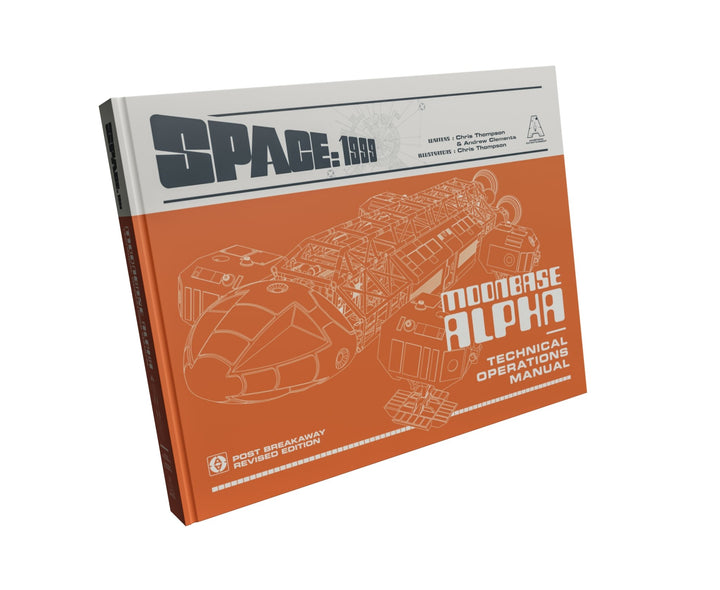
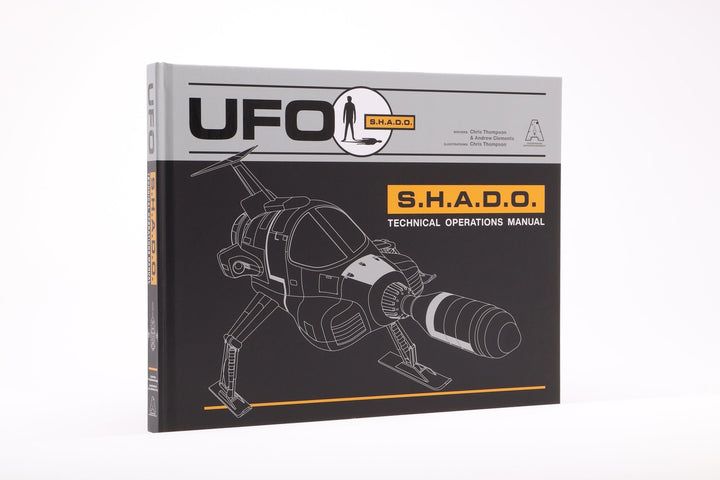
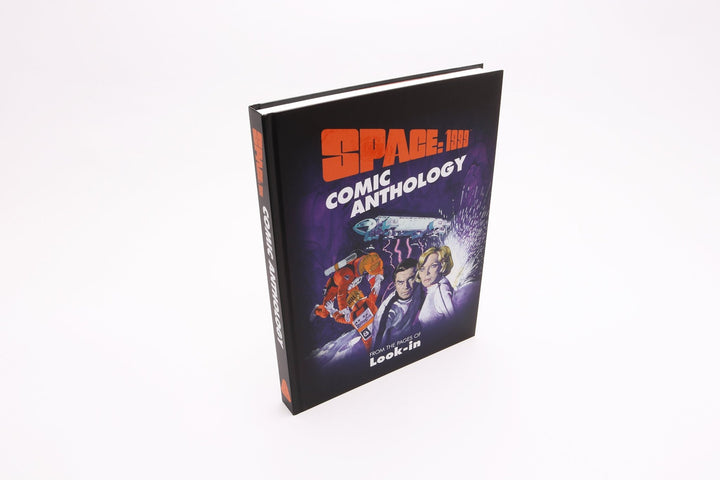
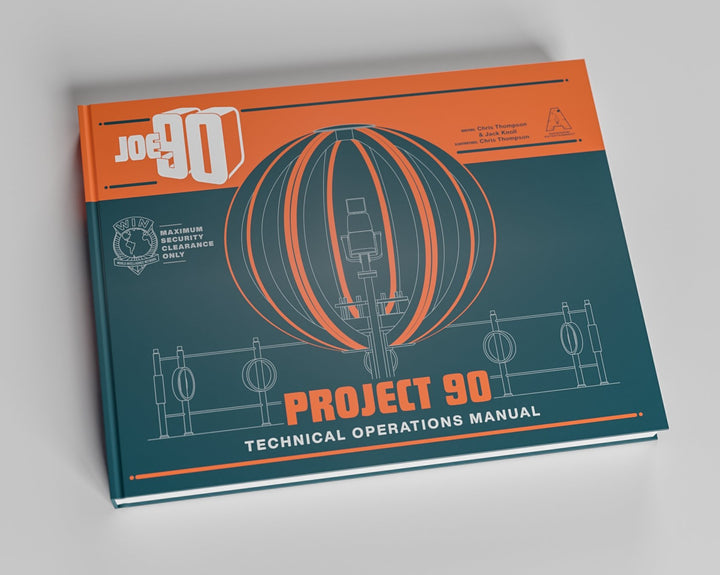
![Thunderbirds Comic Anthology Volume One [HARDCOVER] - The Gerry Anderson Store](http://gerryanderson.com/cdn/shop/files/thunderbirds-comic-anthology-volume-one-hardcover-8030771.jpg?v=1751089031&width=720)
![All Sections Alpha: The Making of Space: 1999 [HARDCOVER] - The Gerry Anderson Store](http://gerryanderson.com/cdn/shop/files/all-sections-alpha-the-making-of-space-1999-hardcover-7498116.png?v=1757766647&width=720)
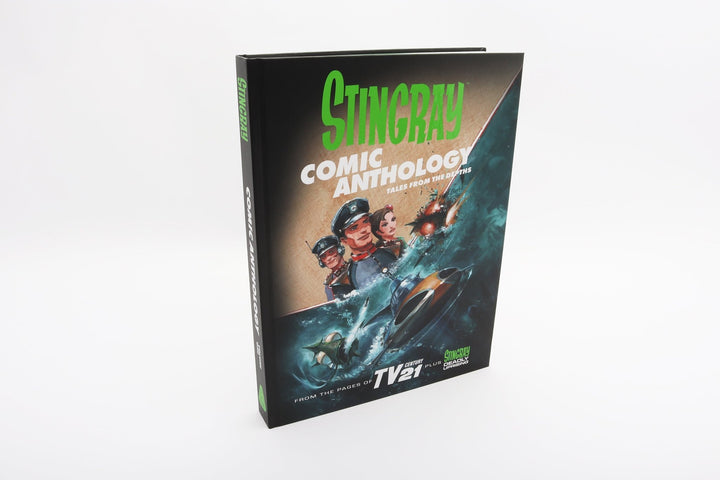
![Stingray Comic Anthology Volume Two – Battle Lines [HARDCOVER] - The Gerry Anderson Store](http://gerryanderson.com/cdn/shop/files/stingray-comic-anthology-volume-two-battle-lines-hardcover-107681.jpg?v=1738856151&width=720)
![Stingray W.A.S.P. Technical Operations Manual Standard Edition [HARDCOVER] - The Gerry Anderson Store](http://gerryanderson.com/cdn/shop/files/stingray-wasp-technical-operations-manual-standard-edition-hardcover-112278.jpg?v=1749664163&width=720)
![Stingray WASP Technical Operations Manual Special Limited Edition [HARDCOVER BOOK] - The Gerry Anderson Store](http://gerryanderson.com/cdn/shop/files/stingray-wasp-technical-operations-manual-special-limited-edition-hardcover-book-991914.jpg?v=1749657538&width=720)
![Stingray: The Titanican Stratagem – Signed Limited Edition [HARDCOVER NOVEL] - The Gerry Anderson Store](http://gerryanderson.com/cdn/shop/files/stingray-the-titanican-stratagem-signed-limited-edition-hardcover-novel-129251.jpg?v=1740558711&width=720)




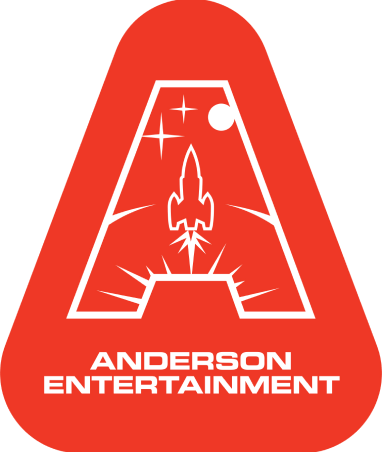



3 comments
Space:1999…the most unique sci-fi series ever!
I remember the golden days of this show.
Was, is, and will always be a huge fan.
Space 1999’s 1975 launch was the most exciting TV moment ever!
I love Space: 1999 and would love to receive Anderson’s Entertainment newsletter.